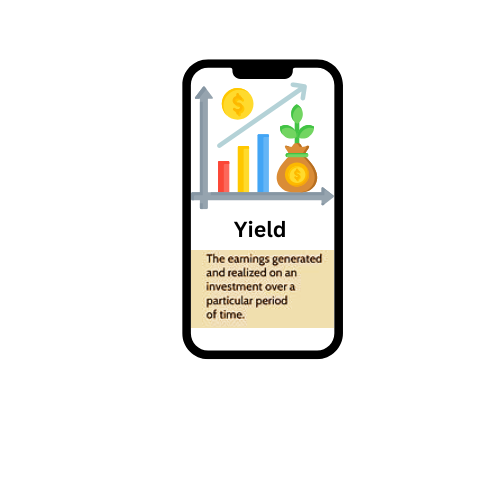Full costing, also known as absorption costing, is an accounting method that captures all costs associated with manufacturing a product, including both direct and indirect costs. This approach allocates fixed and variable manufacturing costs—such as materials, labor, and overhead—to the total cost of production, providing a comprehensive view of product profitability. Full costing is essential for inventory valuation, financial reporting, and decision-making, as it ensures that all costs incurred during production are accounted for in the final price of goods sold. This method is widely used in both internal management accounting and external financial reporting to assess overall business performance.
What is Full Costing
Full costing refers to the accounting approach where all manufacturing costs—both direct and indirect—are allocated to the cost of a product. This includes costs incurred during production, enabling businesses to assess the total cost and profitability of their offerings accurately.
Components of Full Costing
Full costing includes various cost components, which can be categorized into two main types:
- Direct Costs: These are costs that can be directly attributed to the production of a specific product. Direct costs include:
- Direct Materials: The raw materials that are directly used in the manufacturing of the product (e.g., wood for furniture).
- Direct Labor: The wages paid to workers who are directly involved in producing the product (e.g., assembly line workers).
- Indirect Costs: These costs cannot be directly traced to a specific product and are typically associated with the overall manufacturing process. Indirect costs include:
- Manufacturing Overhead: This encompasses all other manufacturing costs not classified as direct materials or direct labor, such as utilities, depreciation of machinery, rent for manufacturing facilities, and salaries of supervisory staff.
Methodology of Full Costing
The process of full costing involves the following steps:
- Identify Costs: Determine all costs incurred in the production process, including direct and indirect costs.
- Allocate Indirect Costs: Distribute indirect costs across all units produced based on a chosen allocation base (e.g., machine hours, labor hours, or square footage).
- Calculate Total Cost: Add direct materials, direct labor, and allocated indirect costs to determine the total cost of producing each unit.
- Inventory Valuation: Under full costing, the total production costs are used for valuing inventory on the balance sheet. Finished goods and work in progress are recorded at full production cost.
- Cost of Goods Sold (COGS): When products are sold, the full cost of the goods sold is recognized as an expense in the income statement.
Benefits of Full Costing
Full costing offers several advantages for businesses:
- Comprehensive Costing: By including all manufacturing costs, full costing provides a more accurate reflection of product costs, allowing for better pricing decisions and profitability analysis.
- Financial Reporting Compliance: Full costing is often required for external financial reporting under generally accepted accounting principles (GAAP) and International Financial Reporting Standards (IFRS). This ensures consistency and comparability across financial statements.
- Inventory Valuation: This method ensures that inventory is valued correctly, impacting balance sheets and financial ratios positively.
- Enhanced Decision-Making: Full costing provides management with detailed cost information, enabling more informed strategic decisions regarding pricing, production, and resource allocation.
Limitations of Full Costing
Despite its advantages, full costing has some limitations:
- Complexity: Allocating indirect costs can be complex and subjective, potentially leading to inaccuracies if not done carefully.
- Potential for Misleading Profitability Analysis: In certain scenarios, full costing may obscure the profitability of individual products, especially if overhead costs are disproportionately allocated to low-volume items.
- Focus on Production Costs: Full costing emphasizes manufacturing costs, potentially overlooking other critical expenses like marketing and distribution, which are essential for overall business profitability.
- Impact of Inventory Levels: Under full costing, changes in inventory levels can affect reported profitability. For example, if production exceeds sales, costs are deferred in inventory, leading to inflated profits in the short term.
Applications of Full Costing
Full costing is widely used in various industries for several purposes:
- Manufacturing: Manufacturers commonly use full costing to ensure accurate pricing and profitability assessments of their products.
- Service Industries: Although more applicable in manufacturing, service-oriented businesses can also apply full costing principles to allocate costs associated with service delivery.
- Cost Control: Full costing aids management in controlling costs and identifying areas for cost reduction by providing a comprehensive view of all costs involved in production.
- Budgeting and Forecasting: Businesses can use full costing data for budgeting and financial forecasting, leading to improved financial planning.
Conclusion
Full costing is a critical accounting method that encompasses all direct and indirect costs associated with the production of goods or services. By providing a comprehensive view of total costs, full costing enables businesses to set accurate prices, assess profitability, and make informed financial decisions. While it has its challenges, such as complexity and potential for misleading profitability analysis, full costing remains an essential practice for inventory valuation and financial reporting. In an increasingly competitive business environment, understanding and applying full costing principles is vital for sustainable growth and profitability.








